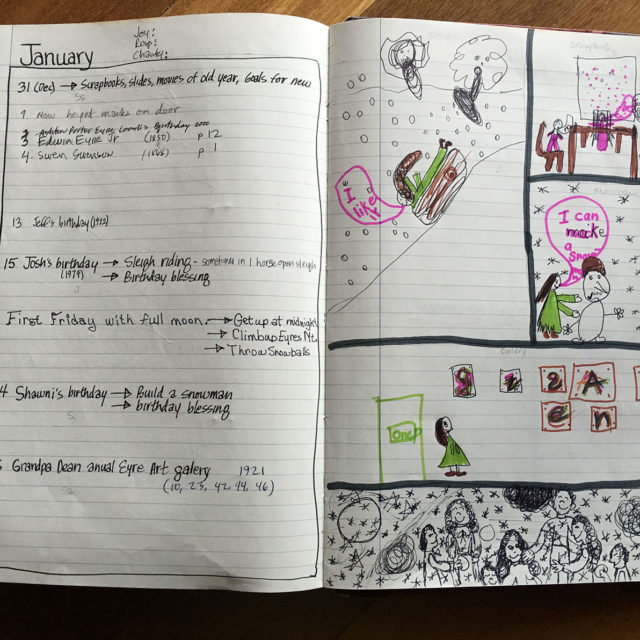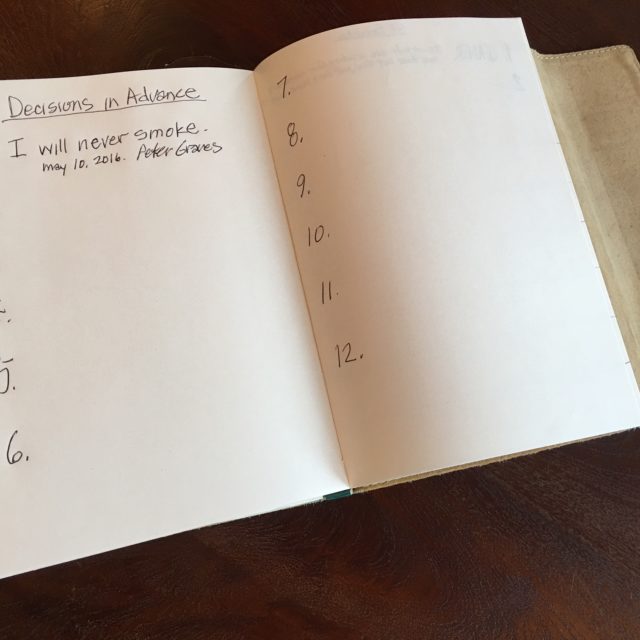All parents know how important communication and discipline are within their family, but few seem to manage the clear, calm effectiveness they desire. In most families there is too much arguing, too much lecturing, too many power struggles, too much sibling rivalry, too much bickering, and too much defiance and disobedience.
A few years ago, we were asked by our publisher at the time, McGraw Hill, to come up with a book idea on something that would simplify family communication and motivation and get parents out of the pattern of yelling, lecturing, and repeating themselves over and over to their kids.
After talking it over with other parents we respected, we decided that what was needed was some kind of secret code where certain words or symbols represented various forms of desired good behavior. The theory was that when correction or behavior modification was needed, parents would be able to say the right secret word and kids, knowing the desirable behavior the word symbolized, would correct themselves without the dreaded lecture or power struggle.
We chose animals for the secret code symbols because we were able to find a particular animal who exemplified each desired behavior we needed a secret code for—and we knew that kids love animals enough that they would be instantly interested.
For example, humpback whales symbolized politeness. They don’t yell or argue or even interrupt. They communicate with whistling “songs” and one whale gets to finish his song before another begins. Humpbacks live together in families or “pods” and they eat together by swimming down to the ocean floor in a coordinated spiral, their blow-hole bubbles forming a “bubble net” that entraps small fish and plankton as they swim back up eating their dinner, singing and communicating all the while without interruption or any form of rudeness.
Children, of course, are interested in Whales and fascinated by their behavior, so parents can establish the secret code word “Whale” which all family members understand means to stop any un-whale-like behavior and be as polite as the Humpback Whales. When a child is yelling or interrupting or talking-back, the parent can just get his attention and say “whale.” It is a lot more effective than a lecture.
Another example is the symbol of crabs for the principle of “praise don’t criticize.”
Crabs have an instinct to pull each other back. If you are catching crabs at the beach and you throw one into a bucket, he will just climb out, but if you throw two or more into the bucket, none will get out, because as soon as one begins to climb up, another crab will pull him back down. Explain that, in our family, we want to boost people up, not pull them down. We want to praise and encourage each other, not criticize or put down.
Once the code word is explained and established, parents can simply get eye contact with a child who is criticizing or making fun of another child and simply say “crab.”
In all, there are 9 of these secret code symbols in our book The Book of Nurturing: The seven others are a Turtle for consistency, Canadian Geese for family loyalty, an Elephant’s trunk for combining strength with flexibility, a Bear for accepting responsibility, a Frog for recognizing when the water is heating up around you, a Flea for finding potential, and a Redwood Tree for accepting family unity. You can sample these symbols and the drawings of each animal symbol or you can find your own pictures of each animal symbol you decide to use.
As with many of the preceding “Top Ten Parenting Ideas,” this one works best when it is practiced and rehearsed in advance. Use your family meetings or councils to learn the animal symbols and practice what you will do when someone says “Whale” or “Crab.”
Editor’s note: This is the tenth and final article in this series where the Eyres are sharing the ten best parenting ideas they have come across during their three decades of writing to and speaking with parents worldwide. Each of the “top ten ideas” is coupled with the key parenting challenge that it helps to solve. The ideas are not in any particular order, but each represents a simple, practical “best practice for parents” that can be implemented in any family. Most of the ideas center on a “prop” or physical object that symbolizes the idea and makes it real and memorable.



